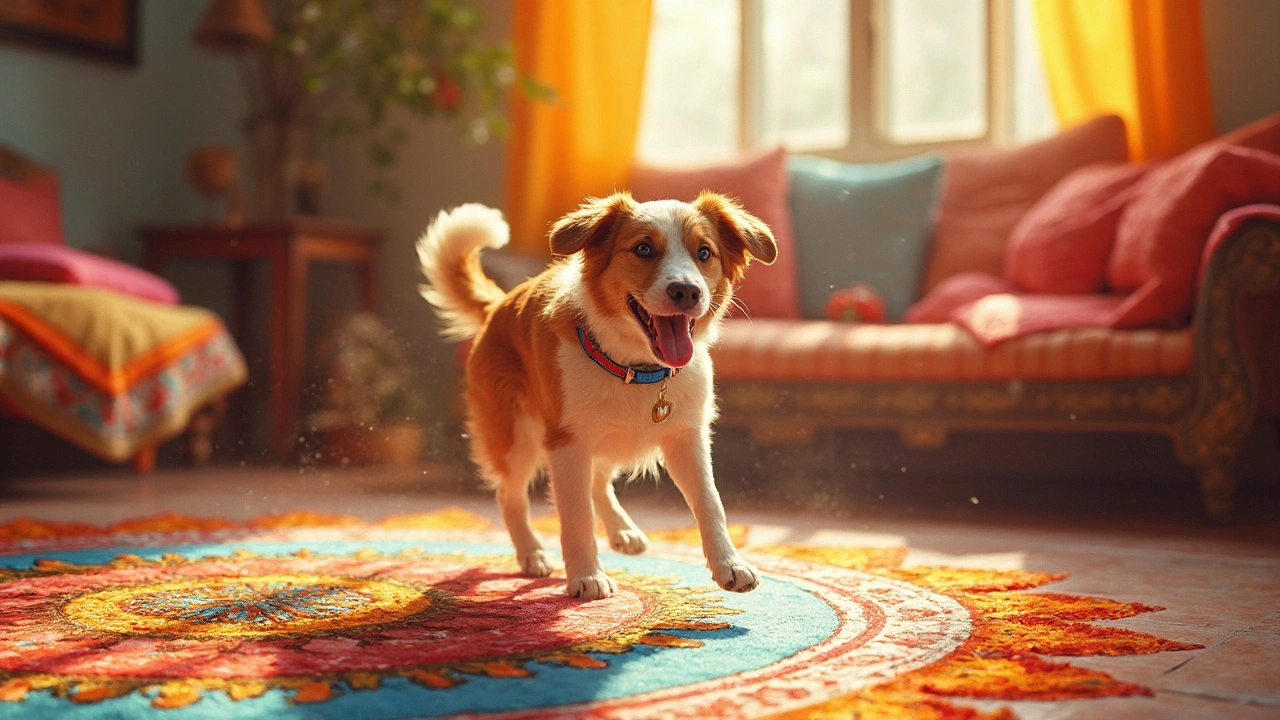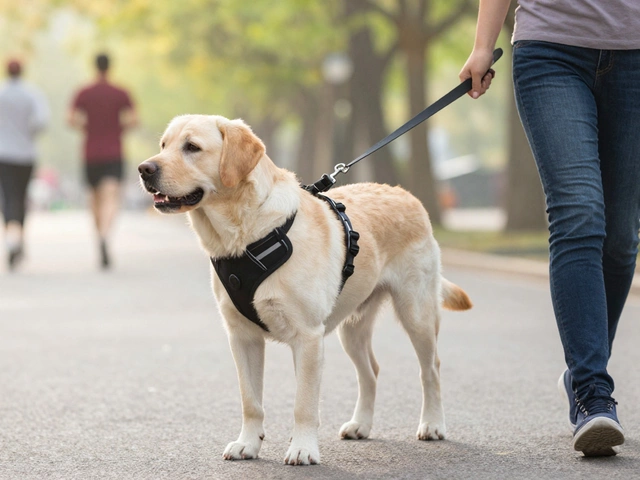Collarless Dogs: What You Need to Know Before You Walk
Thinking about ditching the collar and letting your dog roam free on a leash? You’re not alone—many owners wonder if a simple collar is enough. The short answer? It depends on your dog’s size, behavior, and the walking environment. Let’s break down the real risks, why a harness might be a smarter choice, and how to keep walks fun and safe.
Why a Collar Alone Can Be Trouble
Collars are great for holding ID tags and lightweight leashes, but they weren’t designed to stop a dog from pulling. If your pup loves to lunge at squirrels or other dogs, the sudden tug can turn a gentle tug into a choking hazard. That pressure on the neck can damage the trachea, cause bruised vertebrae, and even lead to eye problems in extreme cases. Small breeds with delicate throats are especially vulnerable.
Besides physical harm, a collar gives you less control. When your dog darts toward a tempting scent, the leash can slip out of the collar’s loop, letting your pup bolt. In busy streets or parks, that loss of control can quickly become dangerous for both your dog and nearby people.
Harnesses: The Safer, More Comfortable Option
Unlike collars, a well‑fitted harness distributes pressure across the chest and shoulders. This means a strong pull won’t strain the neck, and you retain better grip. Front‑clip harnesses even gently redirect pulling behavior, turning a forward‑lunging dog into a calmer walker over time.
When choosing a harness, look for adjustable straps, breathable material, and a secure buckle. Try it on at home first—your dog should be able to move freely without whining or trying to escape. A good fit stays snug but not tight; you should be able to slip two fingers between the harness and your dog’s body.
Many owners start with a lightweight neck‑collar for everyday ID and switch to a harness for walks. This combo gives the best of both worlds: easy tag checks and safe outings.
Here’s a quick checklist before you head out:
- Check that your dog’s ID tags are up to date.
- Test the leash attachment on both the collar and harness.
- Walk a few minutes in the backyard to see how your dog reacts.
- Bring treats to reward calm walking and discourage pulling.
If you decide to walk collarless, reserve it for short, low‑risk trips—like a calm stroll in your backyard. For any public space, a harness is the safe bet.
Got questions about transitioning to a harness or need a product recommendation? Our pet experts are ready to help you find the perfect fit so your dog stays happy, healthy, and safe on every adventure.

Why Dogs Should Go Collarless at Home
Leaving a collar on a dog at all times might seem harmless, but it can lead to unexpected issues. This article explores why it's better to let your furry friend go collarless, at least around the house. From potential health risks to everyday practicality, discover the reasons for giving your pup a break from their collar. Learn how simple changes can enhance your pet's comfort and safety. Plus, find out what alternatives might work better for you and your dog.
read more



